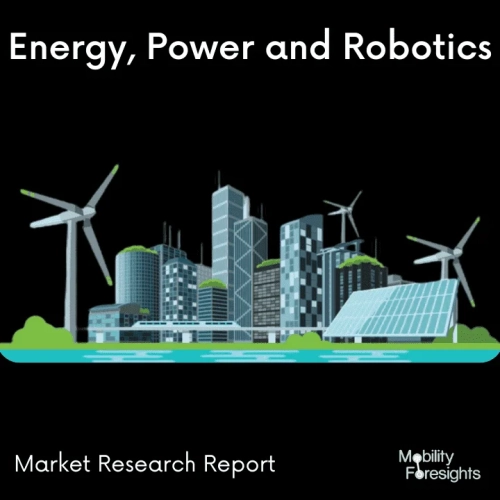
- Get in Touch with Us

Last Updated: Aug 29, 2025 | Study Period: 2025-2031
Renewable energy comes from natural resources that can replenish in a short amount of time without depleting the planet's reserves. Sunlight, wind, rain, tides, waves, biomass, and other natural resources are examples of such resources that have the advantage of being nearly universally accessible in any form.

It's practically unbreakable. It also has a negligible impact on the environment and ecosystem.
To know more about Europe Renewable Energy Market, read our report
The Global Renewable Energy Market accounted for $XX Billion in 2021 and is anticipated to reach $XX Billion by 2026, registering a CAGR of XX% from 2022 to 2027.
Worley, ABB, and IBM have inked an agreement to work together to assist energy firms build and run green hydrogen facilities more efficiently and at scale.
The intended three-party collaboration intends to create an integrated, digitally enabled solution for facility owners to build and run green hydrogen assets more rapidly, inexpensively, and safely.
EDF Renewables, a French renewable energy company, has partnered with Anglo American, a UK-based mining company, to develop a regional renewable energy ecosystem (RREE) in South Africa. Over the next ten years, the RREE will be able to generate clean electricity.
EDF Renewables and Anglo American will focus on the construction of solar, wind, and storage facilities as part of the programme.
National Grid, a British multinational electricity and gas provider, has finalised the acquisition of Geronimo Energy, a wind and solar project developer based in the United States, through its competitive non-regulated business National Grid Ventures (NGV).
National Grid is committed to decarbonizing our electricity system and believes in renewable generation's long-term growth potential, which is fueled by customer demand and technological advancements.
| Sl. no. | Topic |
| 1 | Market Segmentation |
| 2 | Scope of the report |
| 3 | Research Methodology |
| 4 | Executive summary |
| 5 | Key Predictions of Renewable Energy Market |
| 6 | Avg B2B price of Renewable Energy Market |
| 7 | Major Drivers For Renewable Energy Market |
| 8 | Global Renewable Energy Market Production Footprint - 2023 |
| 9 | Technology Developments In Renewable Energy Market |
| 10 | New Product Development In Renewable Energy Market |
| 11 | Research focus areas on new Renewable Energy |
| 12 | Key Trends in the Renewable Energy Market |
| 13 | Major changes expected in Renewable Energy Market |
| 14 | Incentives by the government for Renewable Energy Market |
| 15 | Private investments and their impact on Renewable Energy Market |
| 16 | Market Size, Dynamics And Forecast, By Type, 2025-2031 |
| 17 | Market Size, Dynamics And Forecast, By Output, 2025-2031 |
| 18 | Market Size, Dynamics And Forecast, By End User, 2025-2031 |
| 19 | Competitive Landscape Of Renewable Energy Market |
| 20 | Mergers and Acquisitions |
| 21 | Competitive Landscape |
| 22 | Growth strategy of leading players |
| 23 | Market share of vendors, 2023 |
| 24 | Company Profiles |
| 25 | Unmet needs and opportunity for new suppliers |
| 26 | Conclusion |